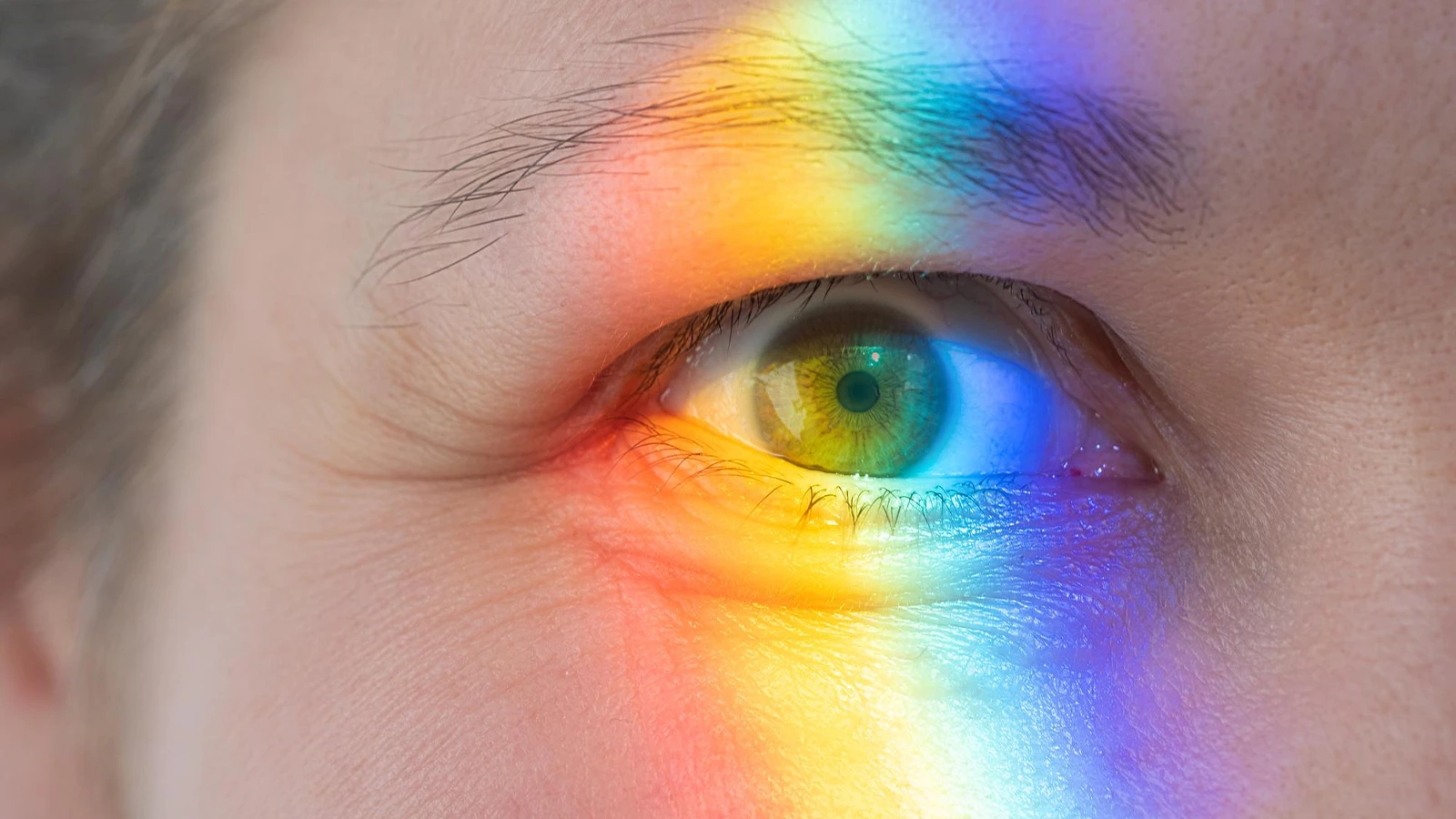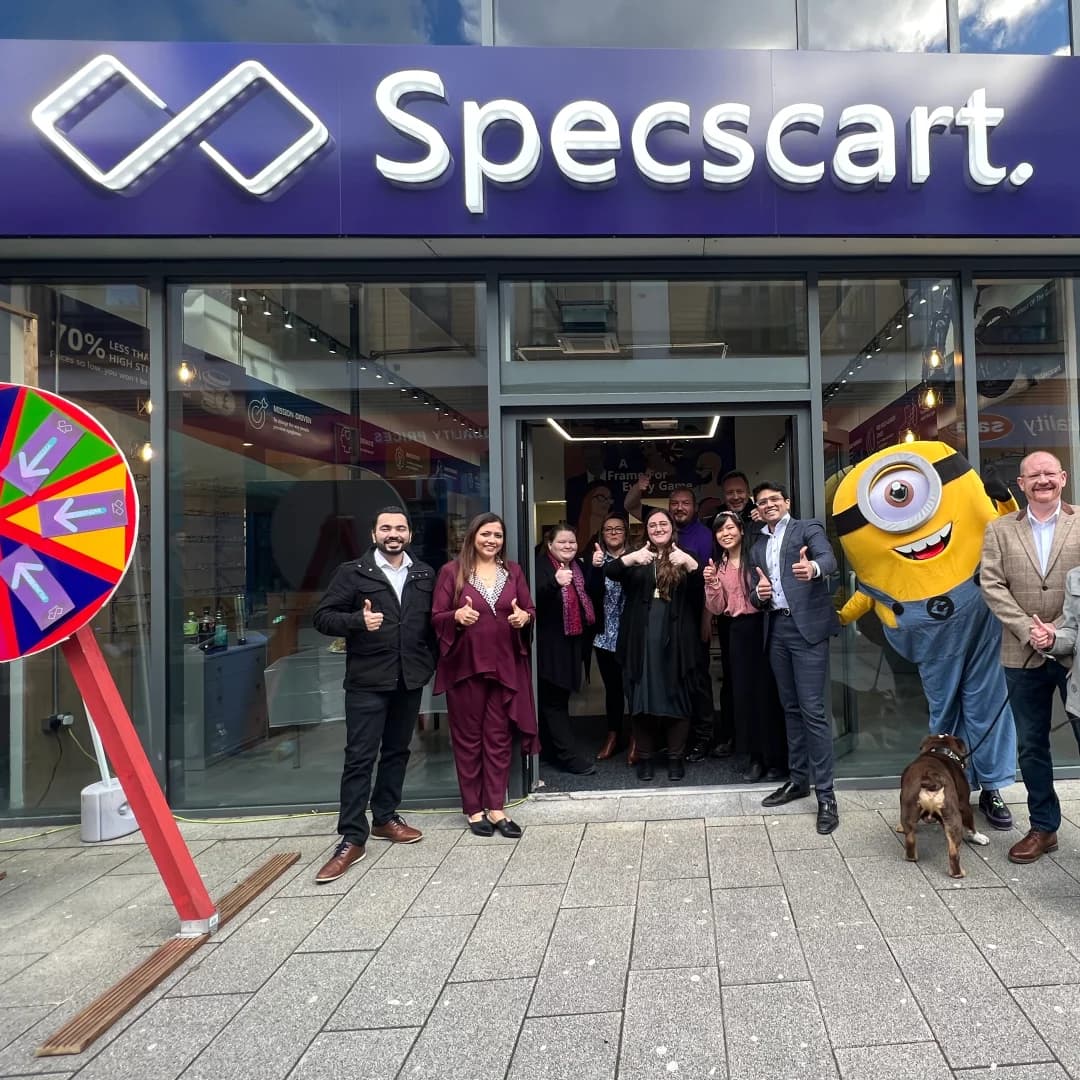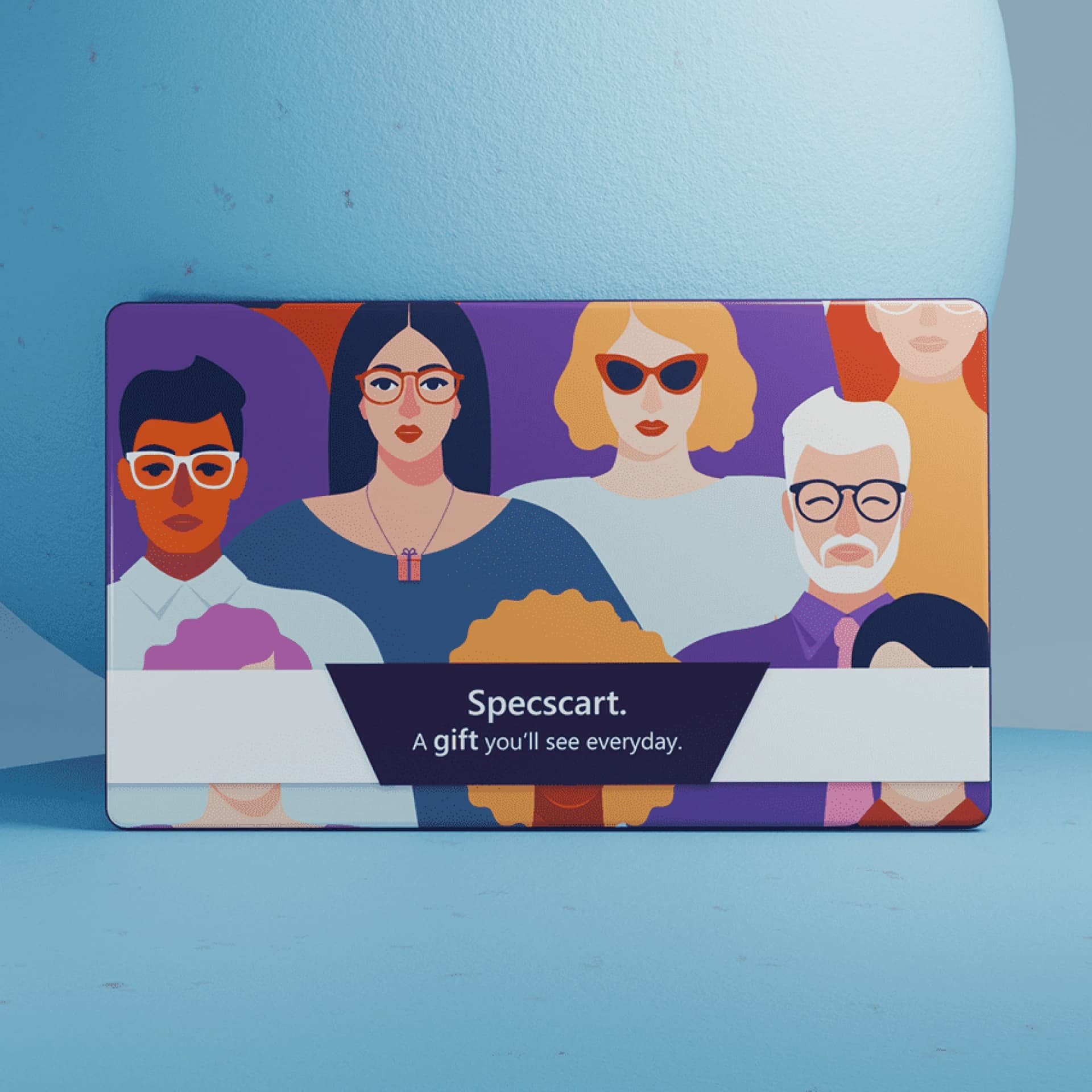What Does Being Colourblind Mean?

Founder and Managing Director at Specscart.
Colour blindness has nothing to do with being blind. It is a state of the eye which develops an inability to distinguish certain colours in life. Contrary to what normal people see in the rainbow, people with colour blindness can only see a smaller amount of colour, and not everything looks bright to them. In the UK, approximately 3 million people are colour blind, which makes 4.5% of the total population, where men are the most affected.
In simple words, being colourblind leads to a shortage of colours and vibrancy in your life. If you are curious about this unique eye condition, let’s find out its types, causes, and symptoms.
What do Colourblind People see?

There’s no change in the visual acuity of colourblind people; they can see every object with great sharpness and clarity. However, they are unable to see colours like red, green or blue. These colours are not similar or even visible to a colourblind eye, different colours appear instead of red, blue or green. There are also cases when people are completely unable to see any colour at all.
The common type of colour blindness is the red/green type, where most people can distinguish or see these colours. In red/green blindness, people don't necessarily mix these colours, but it has many dynamics attached to it. Since colours are made by blending the primary colours, people with colour blindness can only see the other colours, not red, green or blue. For example, people with red/green colour blindness will be confused between the colours blue and purple because they can’t see the red element in their mix.
Just like any other eye condition, colour blindness can be mild, moderate or severe. It’s quite common that people with mild to moderate colour blindness might not even realise colour blindness for a long time. However, people with severe colour blindness might experience the symptoms more clearly.
How Does a Normal Eye Work?
Our normal vision contains all sorts of natural colours. Our vision contains specialised cells located back of the eye in our retina. They are located in the rods and cones, the rods and cones are responsible for visual acuity and colour contrast. People with perfect vision can absorb three different wavelengths of the eye through the cones, such as short (blue), medium (green) and long (red). The three wavelengths combine to give us all the natural colour. All these cones and rods work together with these three wavelengths to give you colour vision.
Different Types of Colour-blindness

Colour blindness develops mostly through genetics or at birth. The red/green and blue colour blindness is mostly developed through inheritance. These characteristics are carried on by the X chromosome, which is why men suffer more than women. Colour blindness is present in different forms, and you can not experience a single type of problem in distinguishing, as there are various other types. Here are the different types:
Red-Green Colour blindness
It happens when the red cones in the eye have reduced sensitivity to the red light, which is also known as protanomaly, or if the green cones have reduced sensitivity towards the green light, also known as deuteranomaly. These reduce colour sensitivity and cause an image formation of dull, brownish-yellow colour landscapes.
Do you want to know more about light sensitivity? Then read our blog on photophobia.
Blue-Yellow Colour Blindness
Blue-yellow colour blindness is a rare form of colour blindness that is also known as tritanopia. It happens when the blue cones in our eyes aren’t working. People with this eye condition have extreme trouble in distinguishing colours like yellow, violet, blue or green. The landscape with tritanopia appears generally pink, red, black, white or grey.
Monochromacy
Monochromacy is a rare kind of colour blindness where none of the three cones work, or there’s a complication in the visual cortex processing of images. If you develop monochromacy, you fail to see any colour at all. The image for you would appear like an old black and white television set.
Is Colour Blindness Treatable?

Colour blindness treatment differs based on its types and forms. If you are affected by dichromatic colour blindness, then it isn’t possible to be treated as in this condition, you miss all three types of cones. However, if you are affected by analogous trichromacy, you have a chance for treatment. In this condition, you still have all the cones, but some of them don’t respond to certain wavelengths. It can be treated with tinted glasses and lenses.
Wrapping it Up
Colour blindness affects how certain colours are perceived, often due to genetic factors or eye conditions. While there's no cure, specially designed colour-corrective glasses can help improve colour distinction for many. By understanding your specific type and using supportive eyewear, it’s possible to navigate daily life with more ease and confidence.
Caution: You may become style obsessed
Your way finder
2000+ Trendy Styles

Fashion Forward Sunnies



















































